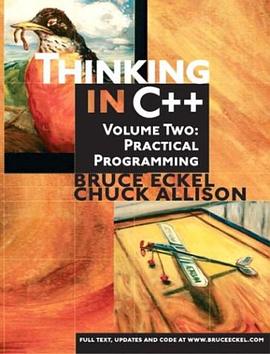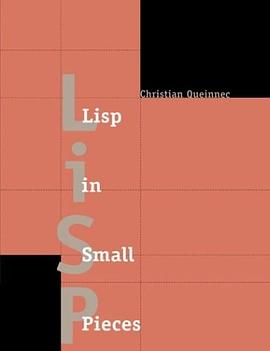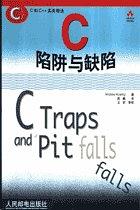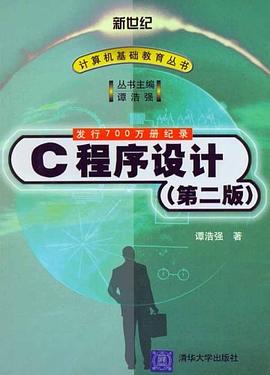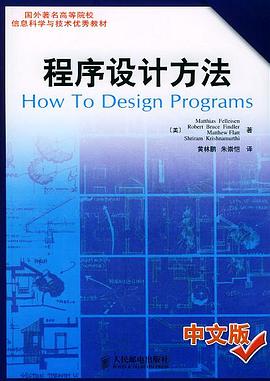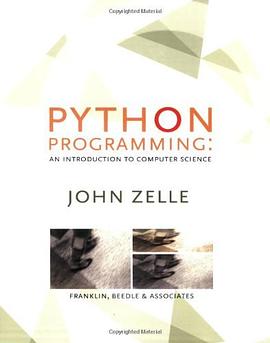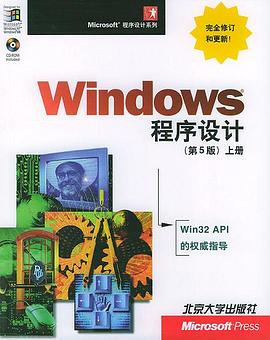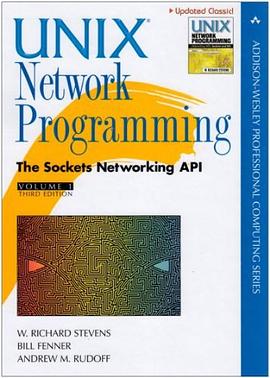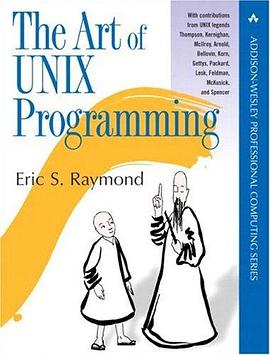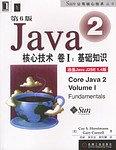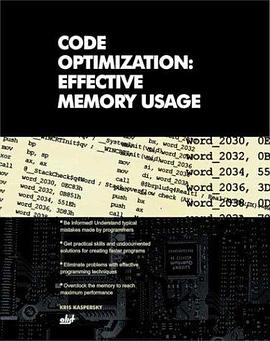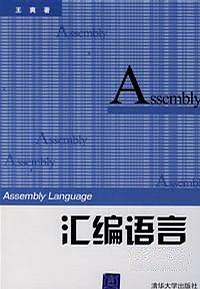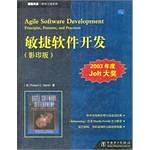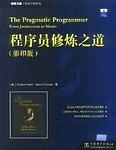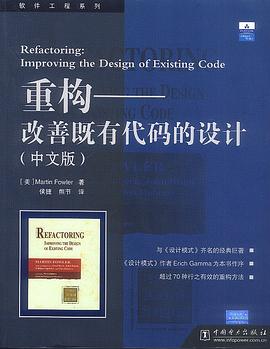

具體描述
What is this book about?
If you have some programming experience and are ready to venture into Linux programming, this updated edition of the bestselling entry-level book takes you there. The authors guide you step by step, using construction of a CD database application to give you hands-on experience as you progress from the basic to the complex. You’ll start with fundamental concepts like writing Unix programs in C. You’ll learn basic system calls, file I/O, interprocess communication, and shell programming. You’ll become skilled with the toolkits and libraries for working with user interfaces.
The book starts from the basics, explaining how to compile and run your first program. New to this edition are chapters on MySQL® access and administration; programming GNOME and KDE; and Linux standards for portable applications. Coverage of kernel programming, device drivers, CVS, grep, and GUI development environments has expanded. This book gives you practical knowledge for real wor ld application.
What does this book cover?
In this book, you will learn how to
* Develop programs to access files and the Linux environment
* Use the GNU compiler, debugger and other development tools
* Program data storage aapplications for MySQL and DBM database systems
* Write programs that take advantage of signals, processes and threads
* Build graphical user interfaces using both the GTK (for GNOME) and Qt (for KDE) libraries
* Write device drivers that can be loaded into the Linux kernel
* Access the network using TCP/IP sockets
* Write scripts that use grep, regular expressions and other Linux facilities
Who is this book for?
This book is for programmers with some C or C++ experience, who want to take advantage of the Linux development environment. You should have enough Linux familiarity to have installed and configured users on Linux.
作者簡介
Neil Matthew has been interested in and has programmed computers since 1974. Amathematics graduate from the University of Nottingham, Neil is just plain keen on programming languages and likes to explore new ways of solving computing problems. He’s written systems to program in BCPL, FP (Functional Programming), Lisp, Prolog, and a structured BASIC. He even wrote a 6502 microprocessor emulator to run BBC microcomputer programs on UNIX systems.
In terms of UNIX experience, Neil has used almost every flavor since the late 1970s, including BSD UNIX, AT&T System V, Sun Solaris, IBM AIX, many others, and of course Linux.
Neil can claim to have been using Linux since August 1993 when he acquired a floppy disk distribution of Soft Landing (SLS) from Canada, with kernel version 0.99.11. He’s used Linux-based computers for hacking C, C++, Icon, Prolog, Tcl, and Java at home and at work.
Most of Neil’s “home” projects were originally developed using SCO UNIX, but they’ve all ported to Linux with little or no trouble. He says Linux is much easier because it supports quite a lot of features from other systems, so that both BSD- and System V–targeted programs will generally compile with little or no change.
As the head of software and principal engineer at Camtec Electronics in the 1980s, Neil programmed in C and C++ for real-time embedded systems. Since then he’s worked on software development techniques and quality assurance. After a spell as a consultant with Scientific Generics he is currently working as a systems architect with Celesio AG.
Neil is married to Christine and has two children, Alexandra and Adrian. He lives in a converted barn in Northamptonshire, England. His interests include solving puzzles by computer, music, science fiction, squash, mountain biking, and not doing it yourself.
Rick Stones programming at school, more years ago than he cares to remember, on a 6502-powered BBC micro, which with the help of a few spare parts continued to function for the next 15 years. He graduated from Nottingham University with a degree in Electronic Engineering, but decided software was more fun.
Over the years he has worked for a variety of companies, from the very small with just a dozen employees, to the very large, including the IT services giant EDS. Along the way he has worked on a range of projects, from real-time communications to accounting systems, very large help desk systems, and more recently as the technical authority on a large EPoS and retail central systems program.
A bit of a programming linguist, he has programmed in various assemblers, a rather neat proprietary telecommunications language called SL-1, some FORTRAN, Pascal, Perl, SQL, and smidgeons of Python and C++, as well as C. (Under duress he even admits that he was once reasonably proficient in Visual Basic, but tries not to advertise this aberration.)
Rick lives in a village in Leicestershire, England, with his wife Ann, children Jennifer and Andrew, and two cats. Outside work his main interest is classical music, especially early religious music, and he even does his best to find time for some piano practice. He is currently trying to learn to speak German.
目錄資訊
讀後感
代碼的例子倒是非常的好,不知道是不是由於翻譯的問題,感覺讀起來很亂,需要自己理清思路然後讀起來就很順暢瞭。書裏內容很基礎,我是一個沒有什麼linux編程的底子的人,以前最多也就是用個shell,看瞭這本書後感覺linux方麵功力大大提升,不再是單純的使用瞭,由於主要是做高...
評分講解細緻,語言淺顯易懂,但需要C語言基礎,哎,為什麼大學的老師不用這些課本當教材...如果本科的時候可以看見這本書,不知道可以少走多少彎路... 對於想學習linux下係統編程基本知識的人,強烈推薦!
評分今天終於讀完瞭這本書,這本書圍繞begining展開,對Linux程序設計裏的廣泛領域的大量主題都進行瞭介紹,作為一本linux開發領域的入門級和指南性的讀物,強烈推薦那些想要進行Linux開發的菜鳥作為自己的入門拐杖,這本書所探討的主題都具有很高的使用價值,抓大放小,沒有把初學者帶入...
評分我想學編程,可是每次買一本書,剛開始翻的時候信心十足,翻著翻著,信心就一點點往下減。真是看得要纍暈掉瞭。這本書又這樣瞭,聽說是屬於編程經典一類的,剛買來挺高興的。就怕自己堅持不瞭幾天。昨天我哥在網上找到一個獵豹網校,讓我看一下。你彆說,正好有我要學的這門課...
評分由於是兩個作者共同完成的,如果你打算把它當做入門書籍,從第一章開始讀到最後一章,那會很吃力,而且本書的翻譯比較拗口,更是增加瞭難度。 另外從編排上,個人覺得沒有多少連貫性,隻要有一點linux基礎的人,都可以從任何章節開始讀。 這本書內容非常多,但是沒有與厚度成正...
用戶評價
#蟈蟈讀書#茶語飯茲,休閑
评分很好的Linux入門書,比較適閤初學者
评分#蟈蟈讀書#茶語飯茲,休閑
评分#蟈蟈讀書#茶語飯茲,休閑
评分經典
相關圖書
本站所有內容均為互聯網搜索引擎提供的公開搜索信息,本站不存儲任何數據與內容,任何內容與數據均與本站無關,如有需要請聯繫相關搜索引擎包括但不限於百度,google,bing,sogou 等
© 2025 onlinetoolsland.com All Rights Reserved. 本本书屋 版权所有

